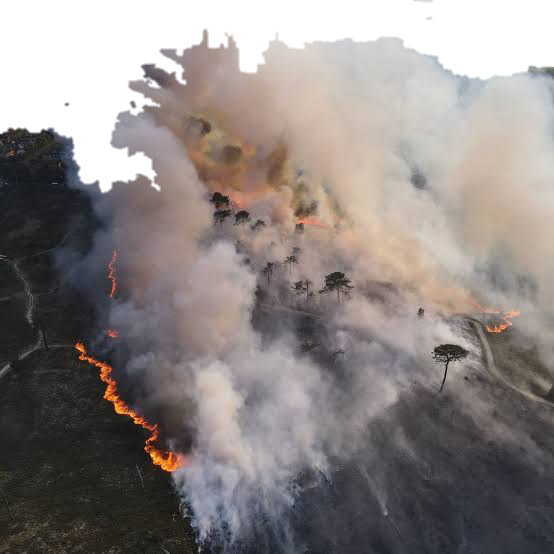As the temperature fell and snow covered Texas, hundreds of structures collapsed due to the weight of the accumulating snow, thousands lost electricity, and frozen pipes broke. The state was glad of the reminder—as well as a sobering one—of its fragility during this battle against the greatest destruction in recorded history.1
Since they began on February 26 in Hutchinson County, flames have burned nearly 1.2 million acres (486,000 hectares) of land, killing thousands of cattle and taking two lives. In reaction to the wildfires, Texas Governor Greg Abbott issued a disaster declaration for 60 counties on February 27.As a result of hotter, drier weather, climate change is predicted to raise the risk of wildfires throughout Texas, according to Texas State Climatologist John Nielsen-Gammon’s 2021 report. Warmer temperatures are predicted to dry out fuel sources, resulting in more frequent and devastating wildfires in places like Texas, where rainfall is already in short supply.
But recent rainy winters have made the Smokhaus Creek fire worse rather than worse. It hasn’t spread as quickly or been as fierce because of any protracted dry conditions. It’s still unclear what exactly is causing these extraordinary wildfire behaviours.Wildfires have also affected Texas as a result of the drought.Extreme wildfire incidents have increased in frequency during the past few years throughout the United States, mostly as a result of droughts and rising temperatures. But unlike other sections of southern Texas, the area where Smokhaus Creek is burning—most notably north of Amarillo—is not currently suffering from an acute drought.Professor Park Williams of the University of Los Angeles says, “Drought hasn’t been as prevalent in the western part of the state compared to other regions in Texas.” Williams released a report in 2020 that claims the southwest of the United States is currently experiencing its greatest megadrought since approximately 800 AD. Williams points out that Texas was barely given a “sliver” of the study’s attention.
